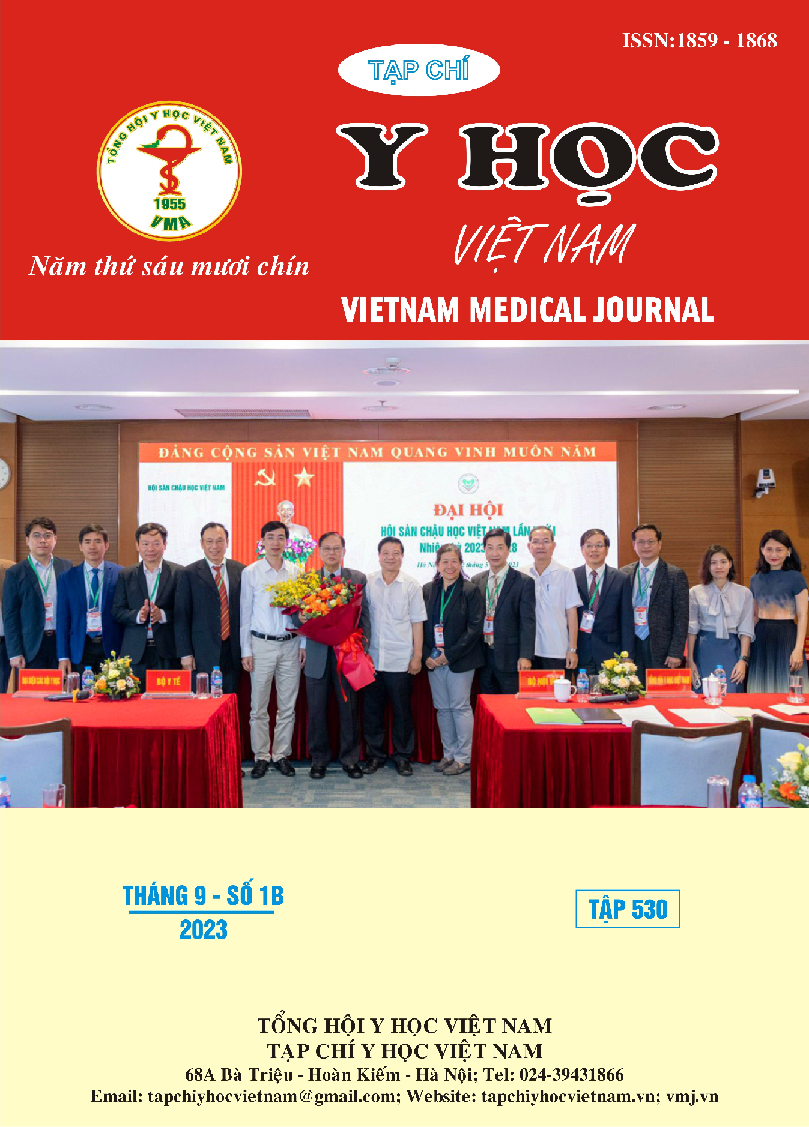THE ROLE OF MICRONISED PURIFIED FLAVONOID FRACTION AND SUCRALFATE-CONTAINING OINTMENT IN TREATMENT HEMORRHOIDS
Main Article Content
Abstract
Background: Hemorrhoids are one of the most common diseases, leading in the group of anorectal diseases in adults. Drug therapy combined with lifestyle modifications plays an important role in the management of hemorrhoids. Objectives and method: A literature review aimed at collecting evidence on the efficacy and role of Micronised purified flavonoid fraction (MPFF) and sucralfate-containing ointment in the treatment of hemorrhoids. and expert opinion interviews (Delphi Method) to assess consensus on recommendations. Results: MPFF can be used as a preferred method of treatment in combination with appropriate dietary and lifestyle changes for patients with grade I and II hemorrhoids. At the same time, MPFF can be an adjuvant treatment for hemorrhoids after surgery/procedure from level II to level IV. Although the evidence on the role of Sucralfate-containing Rectal Ointment is limited in the treatment of hemorrhoids, it is a widely used and proven effective method for local pain relief. Wound healing in patients after hemorrhoidectomy. Conclusion: The consensus of expert opinion recommendations and evidence on the clinical efficacy of MPFF and Sucralfate Rectal Ointment provides a reliable basis for clinicians to choose their method of treatment. Optimal treatment for hemorrhoids.
Article Details
Keywords
Micronised purified flavonoid fraction, MPFF, sucralfate-containing ointment, hemorrhoids
References
2. Everhart J E, Ruhl C E. Burden of digestive diseases in the United States part I: overall and upper gastrointestinal diseases. Gastroenterology. 2009;136(2):376–386.
3. Riss S, Weiser FA, Schwameis K, Riss T, Mittlböck M, Steiner G, et al. The prevalence of hemorrhoids in adults. Int J Colorectal Dis. 2012;27:215–20.
4. Nguyễn Mạnh Nhâm. Nghiên cứu bệnh trĩ ở các tỉnh phía Bắc Việt Nam và các biện pháp phòng bệnh-điều trị. Tạp chí Hậu môn trực tràng. 2004;4:3–15.
5. Trần Thiện Hoà, Phan Anh Tuấn. Khảo sát một số đặc điểm dịch tễ học và lâm sàng của bệnh trĩ ở người trên 50 tuổi tại Thành phố Hồ Chí Minh. Tạp chí Y học Thành phố Hồ Chí Minh. 2010; 14(1):25-46.
6. Bộ Y tế. Quyết định 4068/QĐ-BYT năm 2016 Hướng dẫn biên soạn quy trình chuyên môn khám, chữa bệnh. 2016.
7. El-Kelani MZ, Kerdahi R, Raghib S, Shawkat MA, Abdelnazer N, Mudawi I, et al. Recommendations and best practice on the management of hemorrhoidal disease in Saudi Arabia. Hosp Pract. 2022;50(2):104–9.
8. Gallo G, Martellucci J, Sturiale A el, Clerico G, Milito G, Marino F, et al. Consensus statement of the Italian society of colorectal surgery (SICCR): management and treatment of hemorrhoidal disease. Tech Coloproctol. 2020; 24:145–64.


